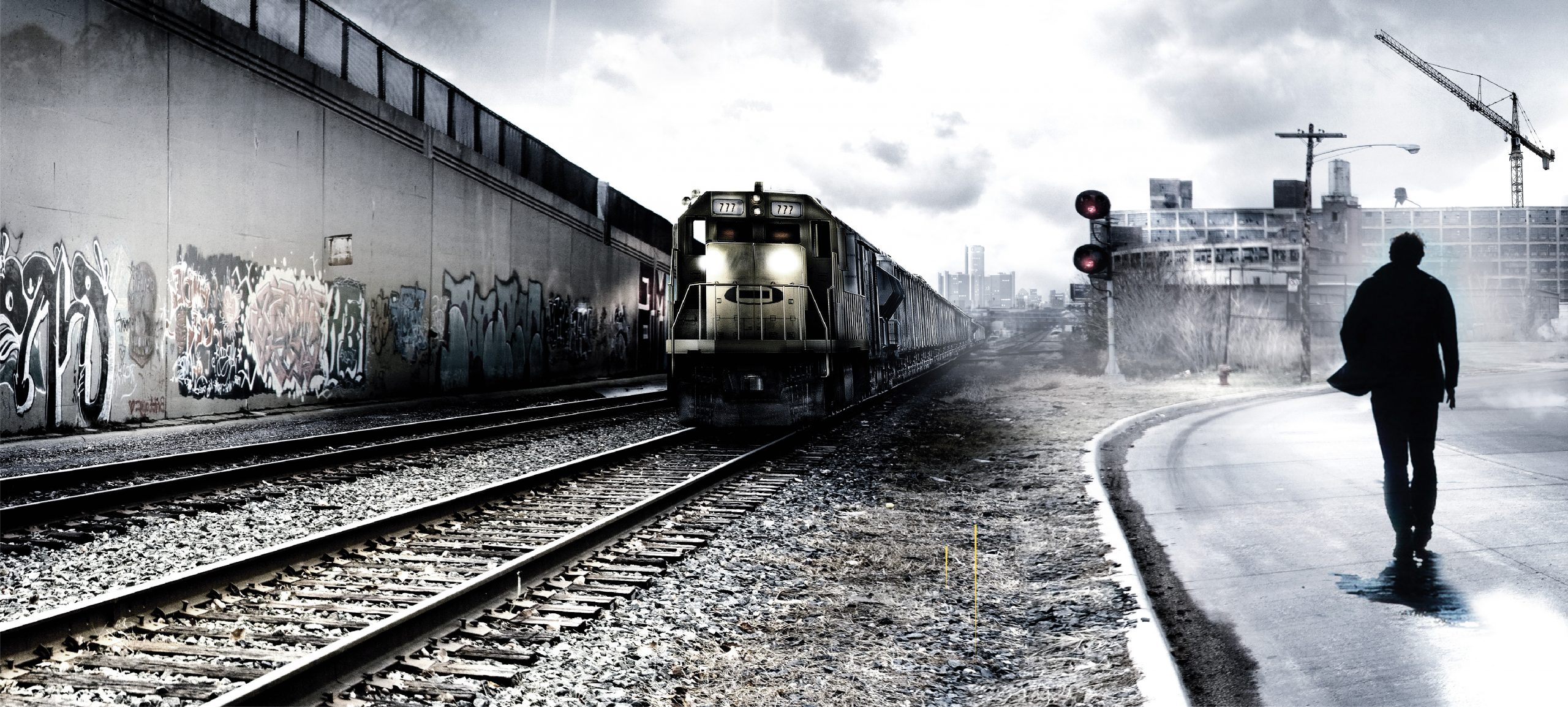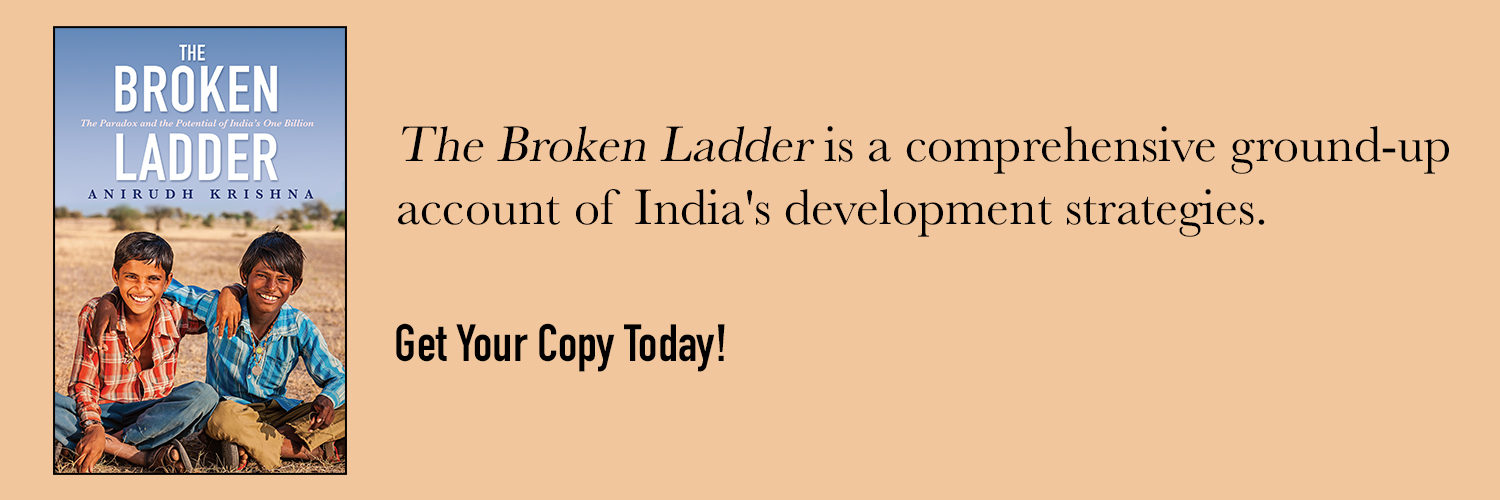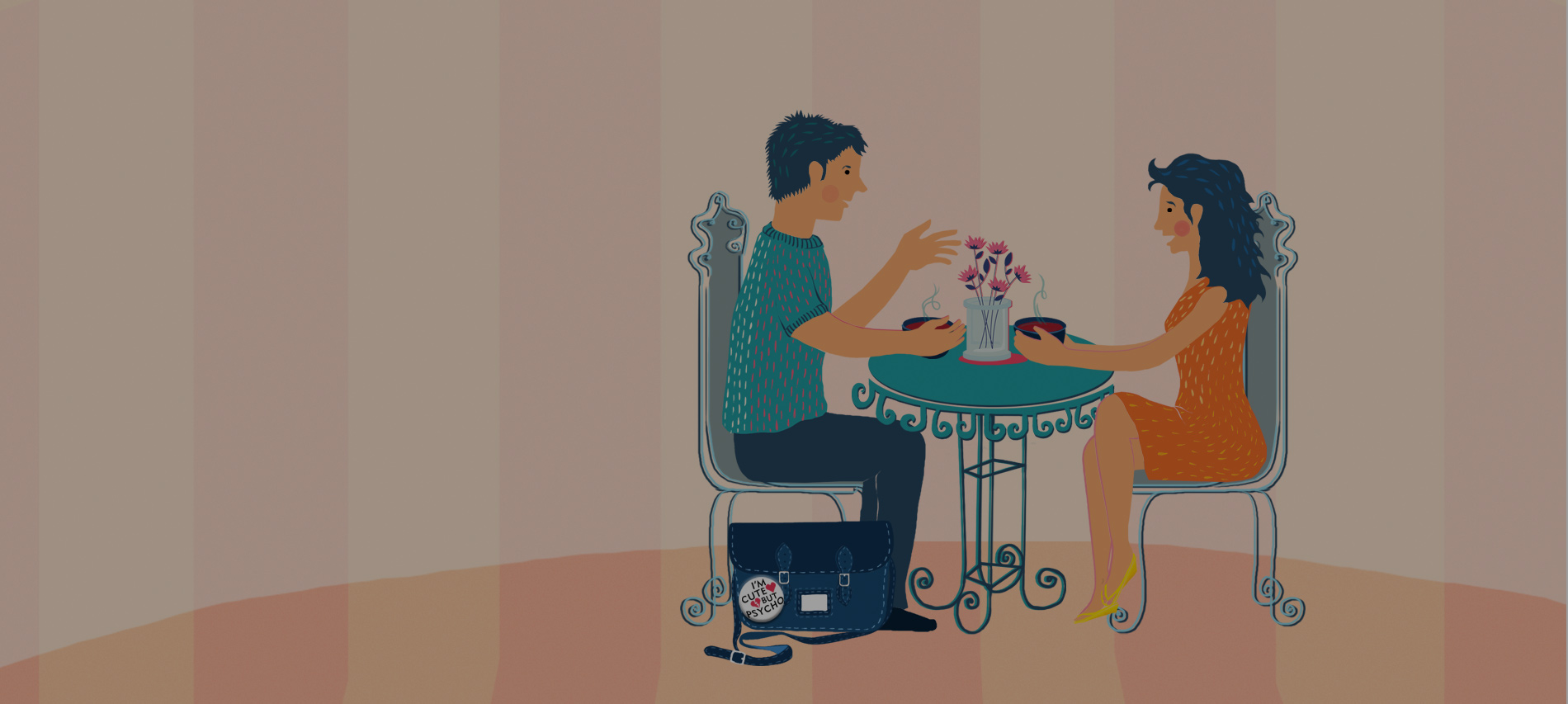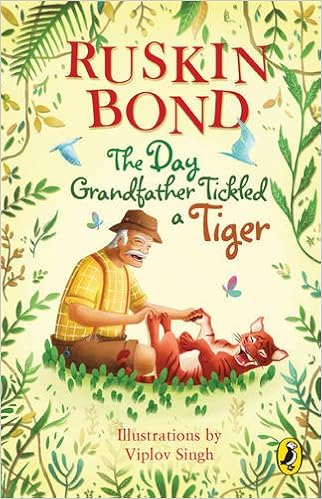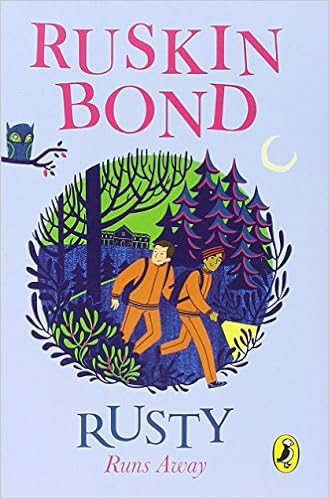Reading crime novels comes with the suspense of not knowing what comes next. If you’re one of those who love the feeling of suspense and still haven’t got your hands on the books by Jo Nesbo, you are missing out big time. Jo Nesbo, a Norwegian crime novelist with more than 15 thriller novels to his name is a must read for every book lover.
So here are five reasons on why should you be reading Jo Nesbo:
His Harry Hole Series

The series revolves around Detective Harry Hole, a classic anti-hero who has alcoholic tendencies and opposes any kind of authority. The novels in this series, like all Nesbo novels, are complex and ambitious constructions combined with high-voltage suspense.. With twelve books in the series, Harry Hole has risen to become a cult figure among the lovers of the thriller genre.
His Novels have been Adapted to films

His stand-alone novel Headhunters was adapted into a film in 2011. The film stars Nikolaj Coster-Waldau and was nominated for many awards, including the BAFTA Award for Best Foreign Language Film category. His other novels, The Son and The Snowman are also slated to be adapted into motion pictures.
He is an Award-Winning Author

Nesbo has many accolades to his name. His debut novel The Bat won the Riverton Prize for Best Norwegian Crime Novel of the Year and the Glass Key Award for Best Nordic Crime Novel of the Year. His other works such as The Redbreast, Nemesis, The Snowman and The Devil’s Star have also been awarded by many prestigious platforms.
He is Multi-talented

Nesbo is not just a crime novelist but also writes books for children. His Doctor Proctor series revolves around a eccentric professor who is waiting for the opportunity to make it big in the world. The series evokes the legacy of Roald Dahl’s books as it encourages the readers to believe in themselves. He also conceptualized the Norwegian political thriller TV series, Occupied.
His Latest Novel, Knife

In his new book , Knife, Harry Hole is about to face his darkest case yet. The first killer he put behind bars is out to get him. Harry is responsible for the many years Finne spent in prison but now he’s free and ready to pick up where he left off.
When Harry wakes up with blood on his hands, and no memory of what he did the night before, he knows everything is only going to get worse . . .
Ready to get your hands on Nesbo novels? Tell us which one you liked the most.







